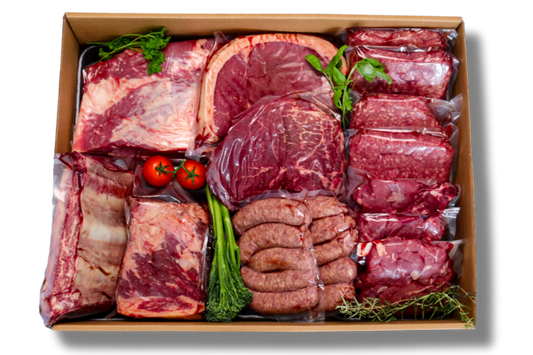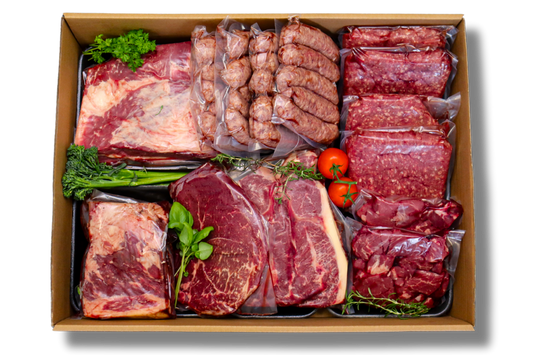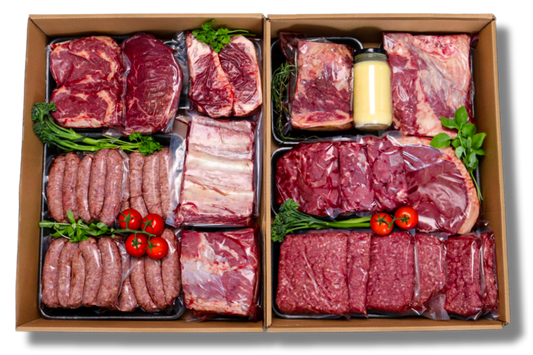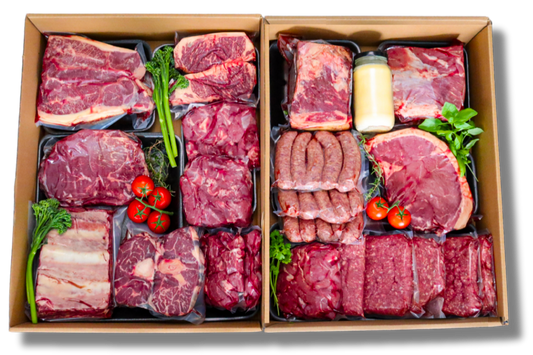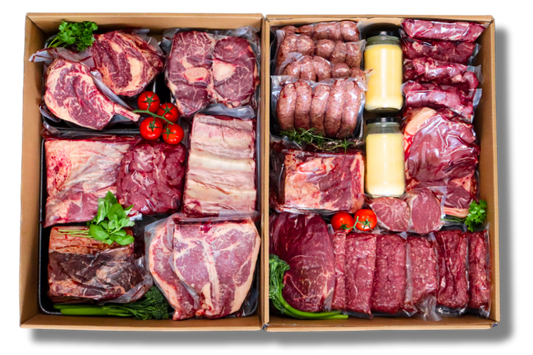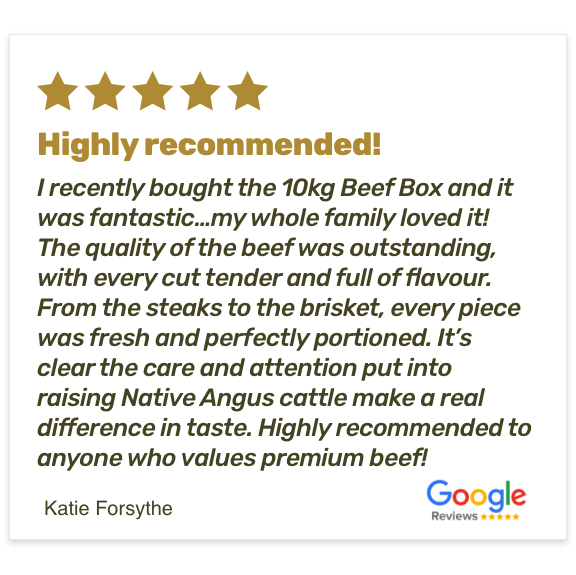Rebuilding Our Soils: Why It Matters for Your Food
Last week, I stepped away from the farm and spent a few days at Western Sydney University completing a Soil Health and Biology Certificate course. My goal was to look at soil health from a broader perspective and learn more about the global challenges and opportunities we face when it comes to the ground beneath our feet.
The course opened with a fascinating reminder: many great civilisations have risen and fallen based on how they managed their soils. History shows that the health of our soil underpins all terrestrial life. When soil thrives, so do we. When it’s depleted, the ripple effects are far-reaching; from the food we grow to the stability of our communities.
The State of Our Soils Today
Unfortunately, modern large-scale farming practices have taken a heavy toll on Australian soils. The figures are sobering:
- Soil degradation costs Australia an estimated $2.5 billion each year.
- Acidic soils are spreading rapidly, from 5.7 million hectares today to a predicted 17 million by 2050.
- More than 40% of crops are lost to pests and disease, costing over $500 million annually.
- Rising temperatures are putting extra pressure on water use and pest control.
- Inputs like phosphorus are getting more expensive and harder to source.
- Organic matter in soils is declining, while chemical use and tillage continue to rise, all in pursuit of higher yields and lower-cost food.
This approach is producing food at scale, but at a cost we can’t ignore. As soil health declines, so does the nutrition in our food and the resilience of our farming systems.

A Different Way Forward
The good news is that there’s another path. Regenerative, biological and restorative agriculture focuses on working with nature to rebuild soil health, rather than relying on synthetic inputs, to improve the productivity of soil and quality of food.
Healthy soil is alive. It teems with microscopic and visible life, and in just one square metre you can find:
- 100 billion bacteria
- 50 kilometres of fungal hyphae
- 100,000 protozoa
- 10,000 nematodes
- 1,000 mesofauna, such as mites
- Hundreds of earthworms, ants and other larger creatures
All these organisms form a complex, living ecosystem that makes soil fertile, holds water, builds resilience against pests and disease, and ultimately produces nutrient-rich food.
As chef, restaurateur and farmer Matt Evans puts it, “Regenerating microbial life – not maximising yield – is the path to environmental health.”
When we farm in ways that nurture this life, nature does the heavy lifting. Ecosystems regenerate, landscapes become more productive, and the food we grow is richer in nutrients. It takes more time and care than industrial methods, but it’s a path that promises long-term health for both people and the planet.
Why Knowing Your Farmer Matters
Every bite of food starts with the soil. Whether it’s plants, grains, fruits, nuts, insects or animals, it all comes from the ground and the life it supports. Yet most processed foods today are made from ingredients grown in depleted soils, heavily modified and loaded with artificial additives.
That’s why it’s so important to know your farmer and understand how your food is produced. When you buy directly from farms like ours, you know exactly what farming practices you’re supporting. You’re backing a system that cares for the land, values biodiversity, and aims to produce real food that nourishes your family.
Direct-from-farm buying also sends a powerful message. It shows other farmers that people want food grown in harmony with nature, not at its expense. Every purchase is a vote for healthier soils, cleaner water, better animal welfare and stronger rural communities. We hope that as more consumers make these choices, more farmers will feel encouraged to adopt regenerative practices too.

The Bigger Picture: Soil, Climate and Food Security
Soil health plays a huge role in tackling climate change and securing our food supply for future generations:
- Healthy soils stay cool and hold water, improving the water cycle and reducing run-off.
- Diverse plant and microbial activity rebuilds aquifers and fights land degradation.
- Productive, living soils support local food systems that feed communities with less waste and better shelf life.
- Regenerative farming strengthens landscapes against extreme weather events, helping farms adapt to changing climates.
The health of our land and the quality of our food are deeply connected. When soils decline, human health and civilisation often follow the same trajectory. But with the right management practices, we can reverse damage faster than many people realise. Nature knows how to heal, we just have to give it the chance.
My Biggest Takeaway
This course reminded me that every decision we make as land managers matters.
Across the globe, our land management is veering off track. Soil health and biodiversity are crashing at an alarming rate, and human health is falling in step. History shows us what happens when civilisations neglect their soils, and we cannot afford to repeat the same mistakes.
Humans have lost connection with the earth that feeds us. We’ve forgotten to look, listen and work alongside nature. Yet there is hope. Regenerative practices are proving, time and again, that nature can restore itself, often in surprisingly short timeframes, when we give it the right conditions.
As farmers, we must take the time to observe and understand the land, finding management approaches that complement natural systems. As consumers, we can choose to support those doing the hard work of rebuilding soils and nourishing ecosystems. It’s a small step that, collectively, can change the future of farming in Australia.
Because the truth is simple: when we look after the soil, we look after ourselves.
So next time you shop for food, ask yourself: what kind of farming system am I supporting?
By Susan Hendry, Co-Founder, Native Angus Beef
References:
- "How Farming and Climate Change Are Interconnected, and What We Can Do About It", by Jagdish Patel, 2025, Available here: https://jagdishpatel.info/farming-and-climate-change-solutions




